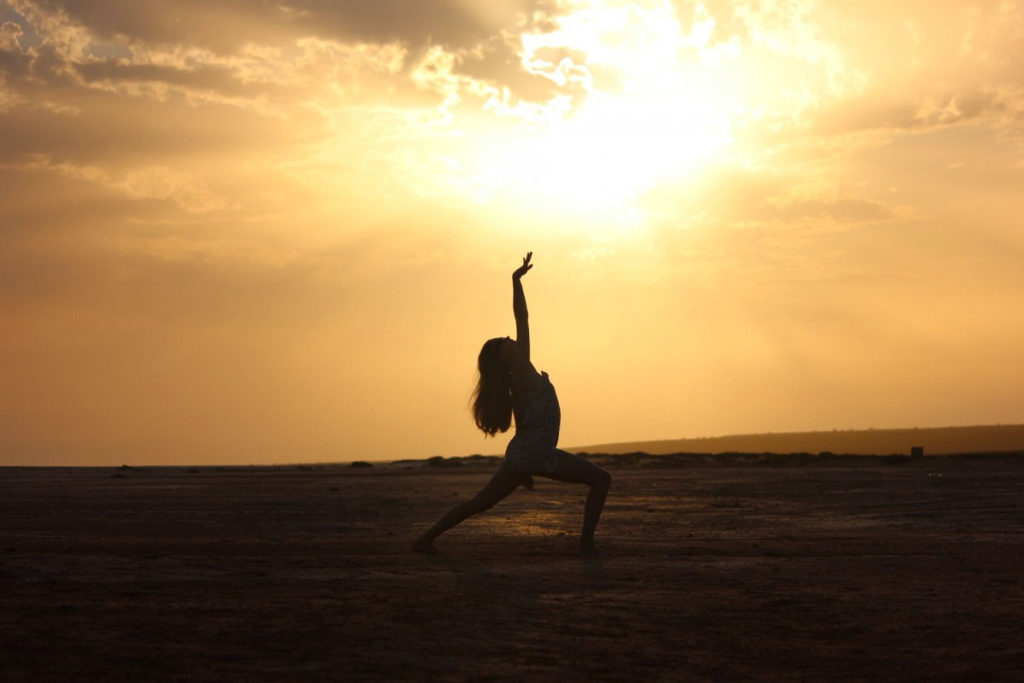Co-Authored and Published in TaskForce on Dancer Health Informational Papers
Dancers can find themselves in a variety of challenging performance situations. During exercise, sweating is usually the primary mechanism of body cooling. The evaporation of sweat from the skin’s surface assists the body in regulating core temperature. If the body cannot adequately evaporate sweat from the skin’s surface, core temperature rises rapidly. A side effect of sweating is the loss of valuable body fluids. The rate of fluid loss is related to exercise intensity, individual differences, environmental conditions and adaptation to them, clothing (costumes and dance clothes), and baseline hydration status.
Dehydration of 1% to 2% of body weight begins to compromise bodily function and negatively influence performance. Dehydration of greater than 3% of body weight further disturbs physiologic function and increases an athlete’s risk of developing an exertional heat illness (ie, heat cramps, heat exhaustion, or heat stroke). For treatment of symptoms of heat illness, place ice in the armpits and groin region to help cool the core temperature quicker than placing ice on the extremities. If the symptoms below do not resolve, you should seek medical attention.
Recognition of Heat Illness
- Dehydration thirst
- Sweating & fatigue
- Muscle cramps
- Heat exhaustion
- Elevated core body temperature
- Dehydration
- Dizziness or lightheadedness
- Headache
…

